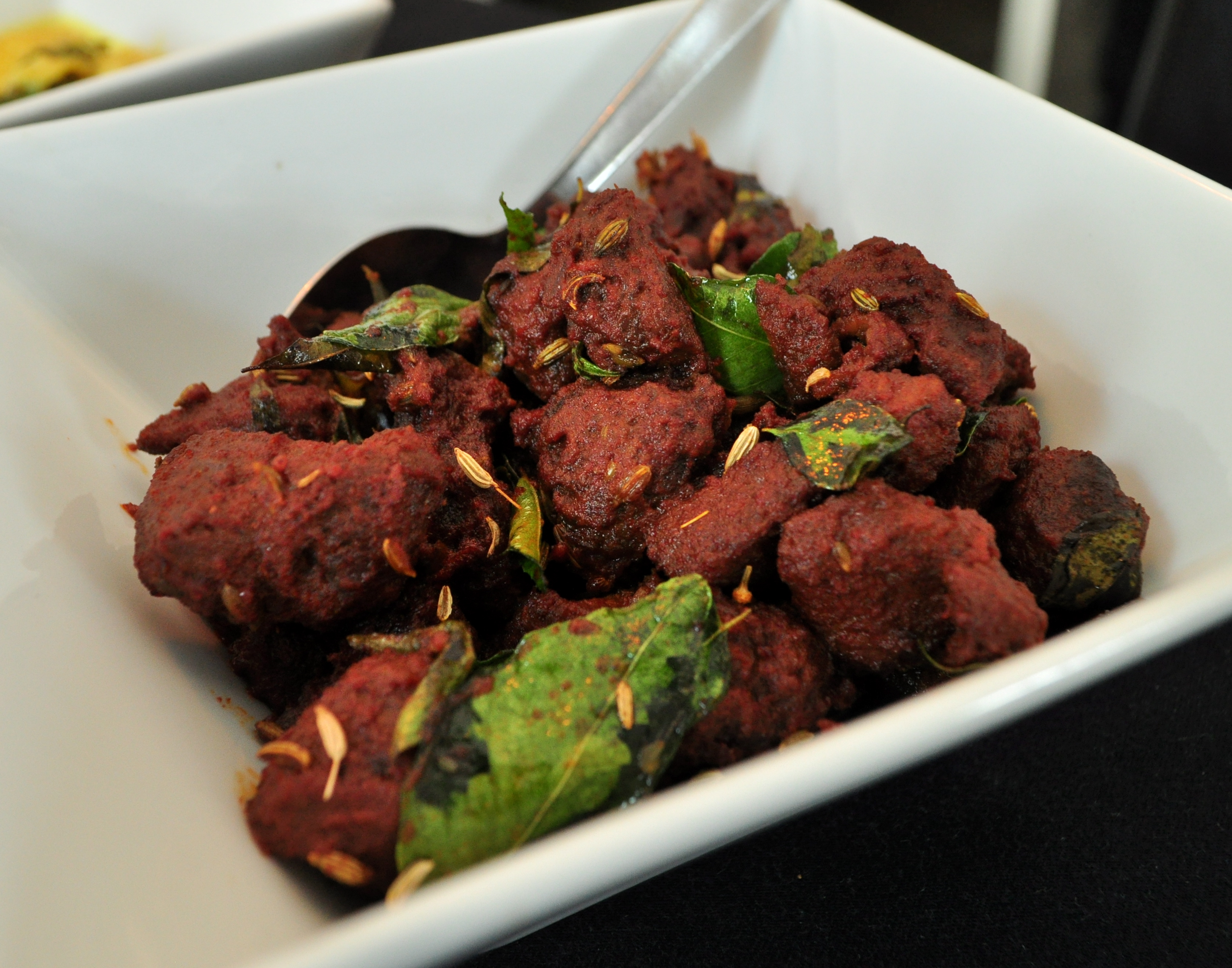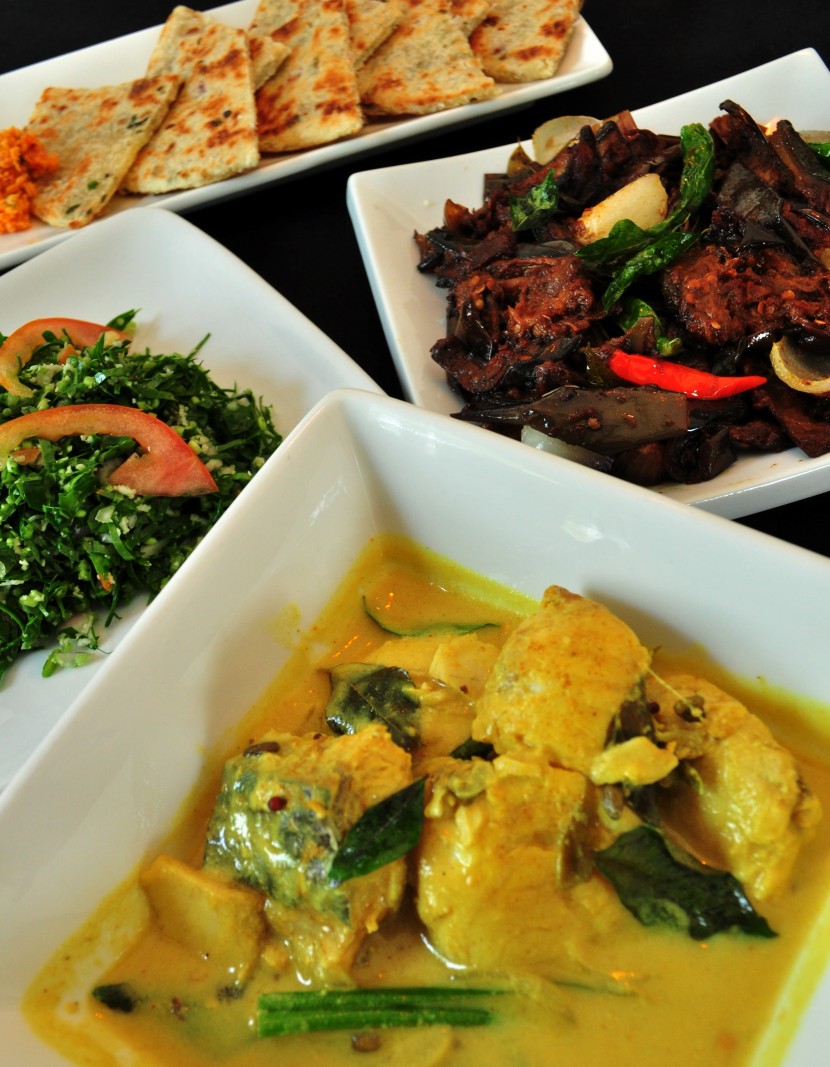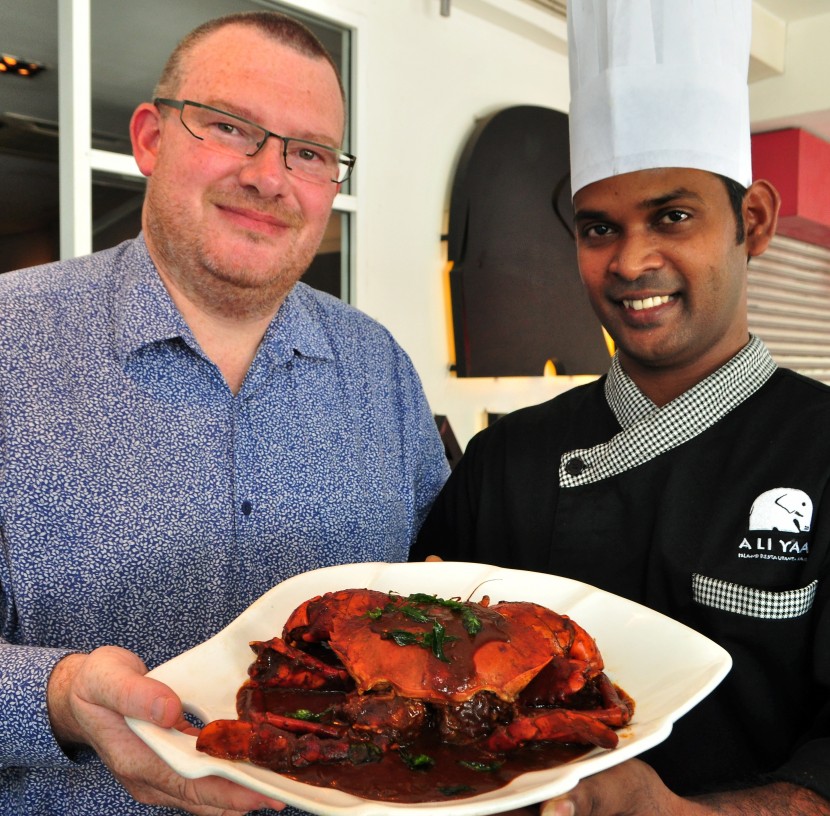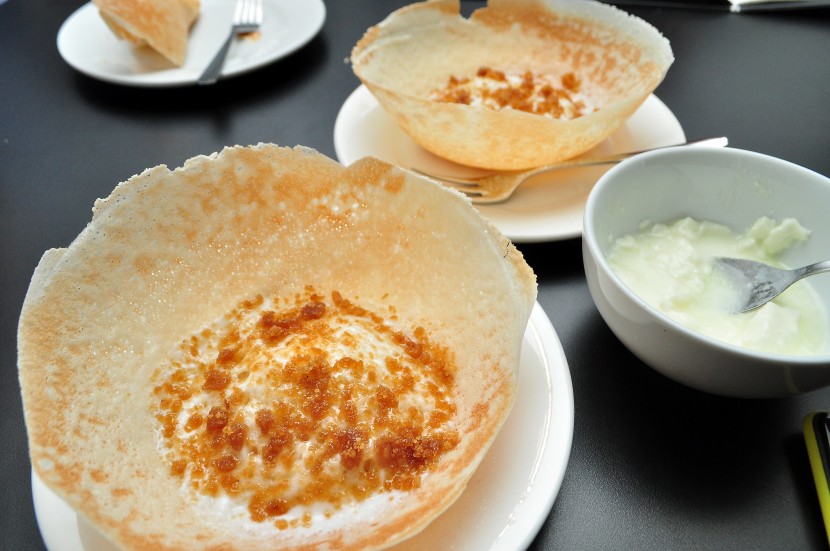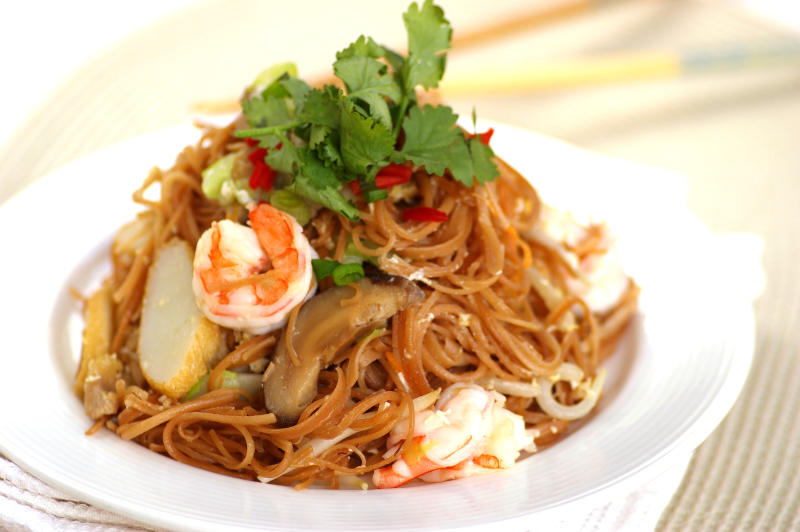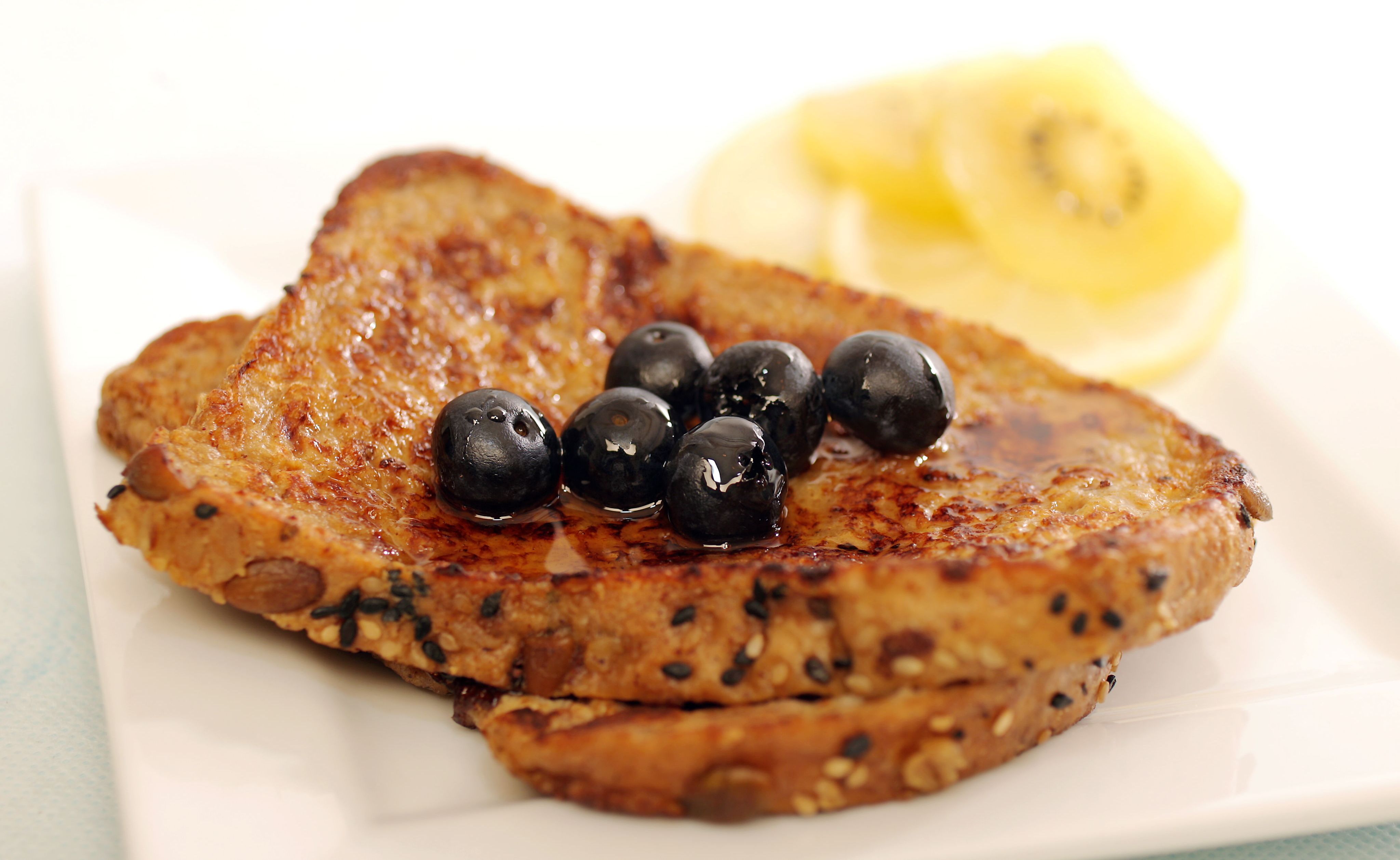Aliyaa Island Restaurant & Bar,
Jalan Medan Setia 2,
Bukit Damansara, Kuala Lumpur.
Tel:03-2092 5378
Business hours: Noon-11pm, daily.
Whoever said spicy fare and Caucasians do not mix should meet Craig Selby, managing director of a public relations and branding entity company.
“I can ‘outspice’ you!” challenged the Aucklander with an impish grin.
Thus, the dare was set at Aliyaa Island Restaurant & Bar in Medan Damansara, Kuala Lumpur, which serves Sri Lankan cuisine.
First on the agenda was deep-fried fish cutlet orbs topped with katta sambal – a fiery affair of dried chilli flakes and tuna from the Maldives.
It must be known that Selby is a man of his word. Not for him little pinches and tentative dips. What this tough duck did was to heap an entire teaspoon of the katta sambal onto his halved cutlet before proceeding to pop the crispy appetiser into his mouth.
Did he steam or swelter? Not a bit, much to the disappointment of an audience who was expecting Selby to turn red and SOS for water.
“I love spicy food,” admitted Selby who proceeded to savour the other accompanying onion, coconut and curry leaf sambals.
The trick with spice, said this well-travelled gourmet, is to draw on flavour and not impact.
An avid cook, Selby is known to use curry leaves (he has a murraya koenigii growing right behind his house) to flavour steaks.
One idea he has drawn from this dare is to blitz these fresh aromatic curry leaves with coconut, salt and lime to serve as a dip.
In all fairness, it was never the intention of Aliyaa’s chef Pradeep Kumar to torture Selby’s taste buds but to treat him to the restaurant’s array of famous island fare.
Specially made for Selby was a creamy fish sodhi – mackerel fillet in coconut milk, lemongrass and turmeric. The rich, smooth gravy was also given a slight fruity sourish taste with tamarind. It was served with flat bread embedded with coconut flesh andvallarai keerai – chopped pennywort leaves tossed in lime salt and grated coconut.
There was also a dried mutton curry and brinjal chutney, both dishes that Selby cherished.
“In addition to chilli, coconut is one of the chief ingredients in Sri Lankan cooking,” said Pradeep who hails from Colombo.
Traditionally, coconut oil is the preferred choice of fat in Sri Lankan recipes but Pradeep found palm oil a better option for two reasons.
“Economically, palm oil is cheaper than coconut oil,” said Pradeep, in reference to oil palm’s yield of 3,000 to 4,000 litres of oil per hectare per annum, compared with coconut’s yield of just 700 litres per hectare per annum.
“From a smoke point perspective, palm oil can withstand temperatures up to 235°C. In comparison, the smoke point for coconut oil is only up to 177°C. Oils with a higher smoke point have a tendency to stay stable so food taste is not affected by oxidation,” explained Pradeep.
Sri Lanka now cultivates about 7,000ha of oil palm for its own consumption.
About 95% of edible oils consumed in Sri Lanka is imported at huge cost, which is why the country is producing its own vegetable oil to save in foreign exchange, reported the Sri Lankan weekly Sunday Observer.
Back to our chilli-loving Kiwi.
While Selby passed the chilli test, he had, out of diplomacy, kept a secret from the chef. Selby does not eat seafood and it was not until the end of our lunch did he reveal this.
However, what this public relations man did when Pradeep brought out the house specialty – curried Sri Lankan crab – was the ultimate exercise in diplomacy. He attacked the crab with gusto, sucking at the spicy gravy coating the shell and sucking the firm, white flesh off its claw.
“The flesh is beautiful and very fresh. It reminded me of a stingray,” said Selby.
It was not until much later did Selby confess that his biggest fear before the meal was they would serve him nothing but seafood. It was a wonder that Selby did not bolt at first course: string hoppers stir fried with crab meat and squid. All he said was, it reminded him of a nice fried rice.
By the time the crab arrived, there were hints that Selby was about to crack when he described it as a “scary dish he had never tried before.”
However, it was not a sentiment shared by Selby’s business partner, Farrell Tan, who finished the rest of the crustacean with finger-licking delight.
According to Pradeep, the secret is in the house blend of roasted curry powder made up of 20 different spices.
“Back home, it would take my mother two hours to cook this dish because of the roasting and blending process,” said Pradeep.
Despite the seafood faux pas, there was a sweet ending for all at dessert where Selby was introduced to the “firebomb”. This is actually sweet apam sprinkled with brown sugar, doused with brandy and lit – available only at Aliyaa.
Selby’s verdict?
“You can feel the richness in this one,” he concluded.


